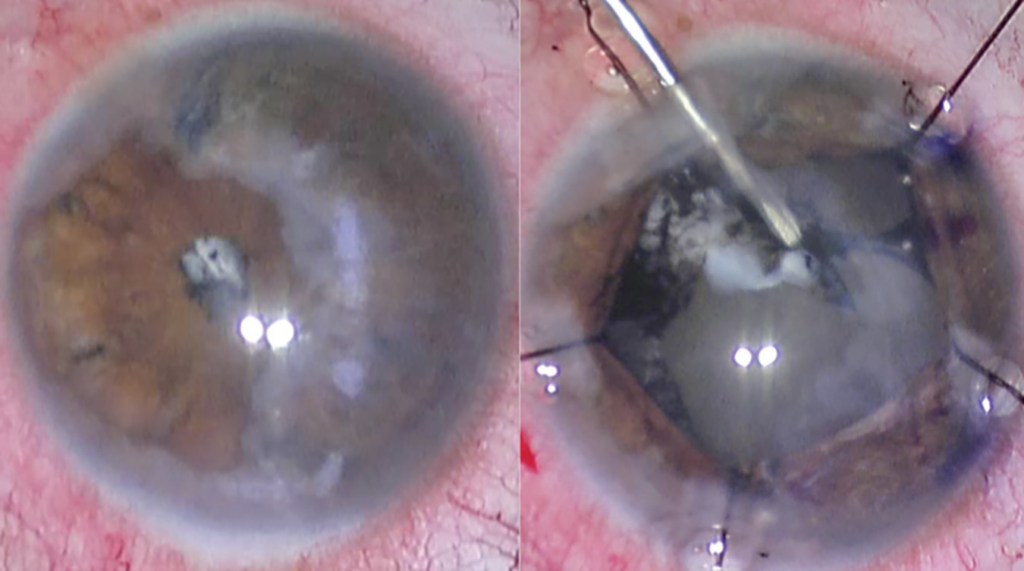Behind the cornea is the colored part of the eye called the iris. The iris muscle controls the size of the pupil, regulating the amount of light entering the eye. In dim light, the pupil opens to gather more light. The dark-adapted pupil diameter varies widely among individuals. In 2004, researchers found the pupil size of patients seeking refractive surgery ranged from 4.3 to 8.9 millimeters with an average of 6.5 millimeters.
Laser refractive surgery alters the center – not the entire diameter — of the cornea. The area of the cornea that is fully treated is called the optical zone. In addition to the optical zone, modern laser technologies employ a blend zone, also known as the transition zone. The entire area treated with the laser — optical zone plus blend zone — is called the ablation zone. A common laser optical zone currently is ~6.5 millimeters and varies based on laser capability, surgeon preference, and patient parameters. You can ask your doctor these questions before going for surgery http://lasikscandal.com/best-5-questions-to-ask-before-choosing-lasik-surgery/
If the laser optical zone is smaller than the patient’s dark-adapted pupil diameter, the light will pass through the treated area (optical zone), partially treated area (blend zone), and possibly untreated area of the cornea, resulting in loss of contrast sensitivity and visual aberrations — starbursts, halos, and double vision. The greater the disparity between the optical zone and pupil size, the more severe the visual disturbances.
A patient should never consent to surgery where the fully treated area (optical zone) is smaller than his or her dark-adapted pupil diameter.
In reality, the optical zone may not be as large as intended due to healing responses (corneal remodeling and epithelial hyperplasia) after surgery and laser light reflection (loss of energy). The true optical zone after healing is called the “effective optical zone” or “functional optical zone”.
The risk for night-time visual disturbances is further increased for patients with high myopia due to smaller effective optical zones associated with deeper ablations. If the ablation zone of the laser treatment is decentered, even an adequate effective optical zone for the pupil size may not cover the entire pupil diameter.
The importance of pupil size in refractive surgery is well-established. There are a small number of published studies that fail to find a correlation between night vision problems and large pupils; however, upon close inspection, it becomes clear they are poorly designed and therefore flawed.
This article challenges the studies that fail to find a correlation between pupil size and night vision disturbances of the Lasik eye. You can also read Screening for LASIK, which will give you an idea of what screening should take place.
You will also find real accounts from people with nigh vision issues, in our FDA Adverse Events section under visual quality. Also, a number of patients with large pupils, have created websites due to the severity of their visual impairment.

